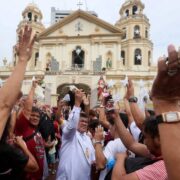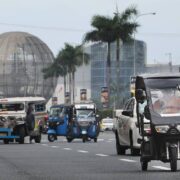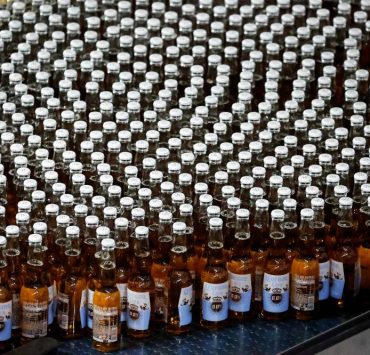3 Nicanor Tiongson books essential to PH theater
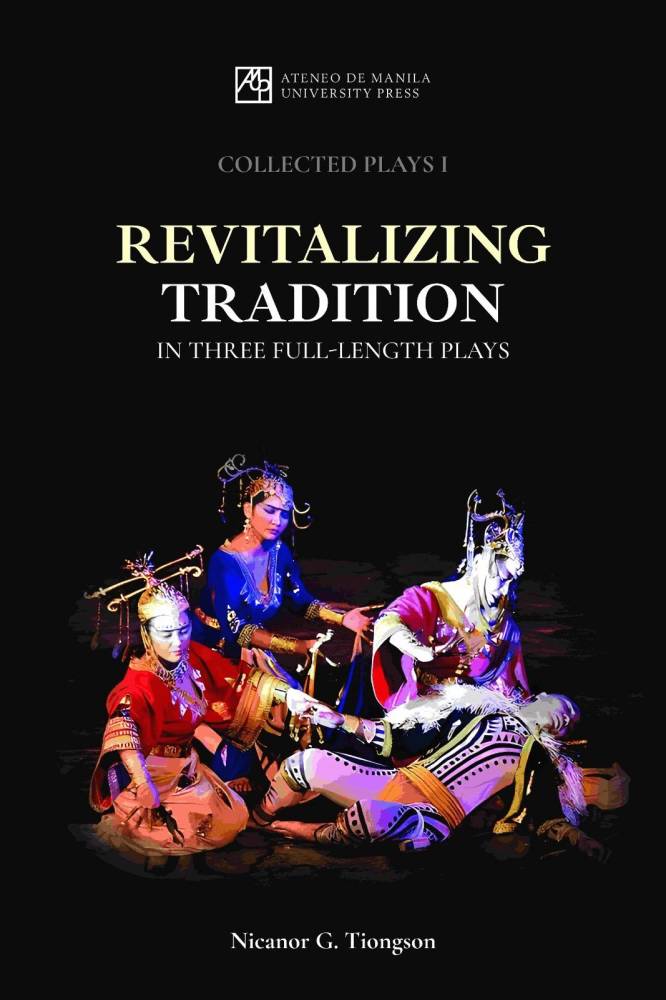
Nicanor Tiongson’s dexterous skills as a playwright and scholar are on full display in his three books that were launched last February at the University of the Philippines Film Institute Film Studio.
In “Revitalizing Tradition in Three Full-length Plays” and “Resurrecting History in Three Full-length Musicals,” both published by Ateneo de Manila University Press, Tiongson gathers the scripts of his plays “Pilipinas Circa 1907,” “Noli at Fili sa Dekada 2000” and “Labaw Donggon: Banog ng Sanlibutan,” and his musicals “Basilia ng Malolos,” “Mabining Mandirigma” and “Aurelio Sedisyoso”—a solid and outstanding collection, as these titles have already become classics of Philippine theater while also becoming Tiongson’s valuable contribution to the Filipino playwriting canon.

Aside from the scripts, the play collections also include notes from the playwright and the directors, along with costume and set design details, which can serve as a reference guide for future productions. But what is even more valuable are the insights that can be gleaned from the playscripts, particularly Tiongson’s exploration of our national identity in “Pilipinas Circa 1907” (first staged by the Philippine Educational Theater Association in 1982), and his portrayal of past upheavals as mirrors to our present, as seen in “Mabining Mandirigma” and “Aurelio Sedisyoso” (first staged by Tanghalang Pilipino in 2015 and 2017, respectively).
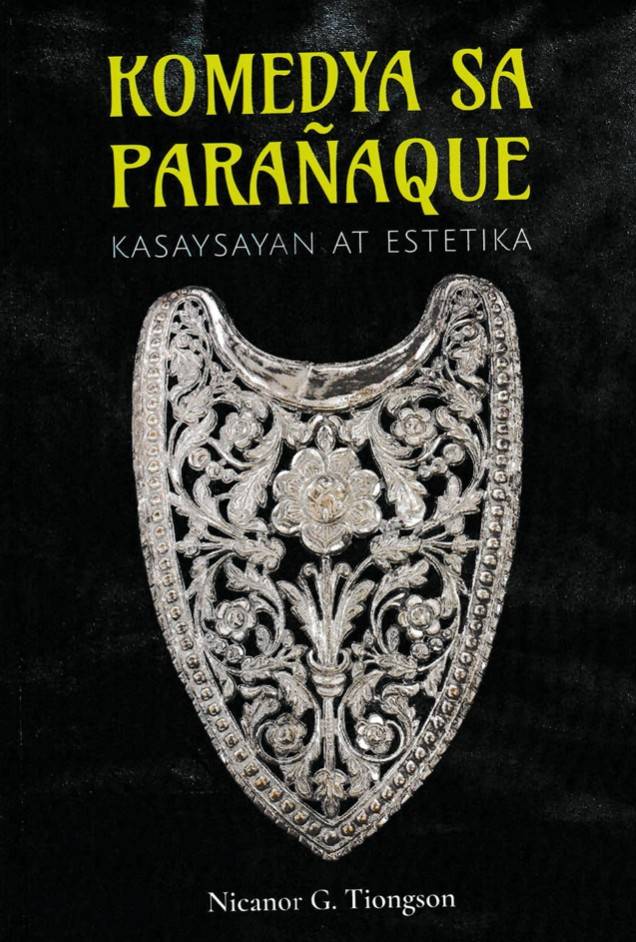
Exhaustive study
“Komedya sa Parañaque: Kasaysayan at Estetika,” the third book in the compendium, is Tiongson’s attempt at reintroducing the art form of komedya to a new generation. Published by the Unibersidad ng Pilipinas Sentro ng Wikang Filipino, the book documents and analyzes the staging of komedya by the San Dionisio and Dongalo groups in Parañaque. Initially his doctoral dissertation (a product of the author’s research from 1974 to 1978), “Komedya sa Parañaque” continues Tiongson’s exhaustive study of the history and development of the traditional Filipino drama, which started with the publication of “Kasaysayan at Estetika ng Sinakulo at Ibang Dulang Panrelihiyon sa Pilipinas” in 1975 and “Kasaysayan ng Komedya sa Pilipinas: 1776-1982” in 1982. Included in the book are dramaturgical and production notes, a comprehensive production bible and the complete original scripts (aptly called “orihinal”) of two komedyas, “Prinsipe Reynaldo” and “Dumagat, Anak ni Lapulapu.” The staging of the komedya continues to this day in Parañaque, and this book is a way for Tiongson to preserve this tradition and pass it on to future generations.
Available from Ateneo de Manila University Press.










